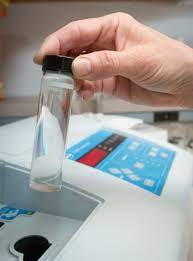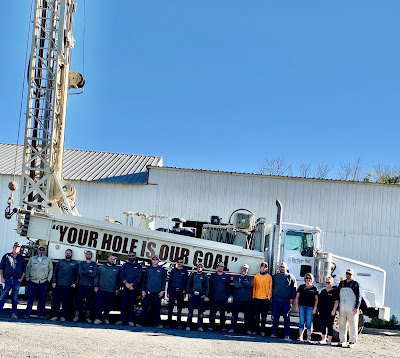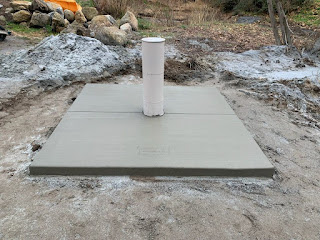How do you pick where to drill your well?
Site selection is a critical step in drilling a water well for any size project. The first thing to take under consideration are any county requirements for setbacks from your property lines, septic tanks/leach fields, existing wells and structures. Each county has a different set of rules that govern their jurisdiction on what these are, we recommend you start with these requirements prior to having anyone to your site to help determine your drill site. After you have looked at county rules and requirements the next step is to determine where a well could be placed that is not obtrusive to your project plans yet can still be accessed once the home and/or property development is completed. A well will always need to be accessible for service in the future. This means keeping roads open and brush away from the completed well.
After you have looked at this item you will next want to weigh access to electricity. Your well after it is completed will need to have a submersible pump installed to bring water to the surface. That submersible pump requires electricity to run as well as a connection to water lines. You may have an existing electrical meter on your property that will need to be tied into or you may need to bring in a new electrical service. Nevertheless, running electrical wire and conduit can be costly depending on the distance from your well to the main meter and the horsepower of your pump. You will also need to connect your new well to your home and other buildings. This is typically done with PVC pipe and is more cost effective than running electrical lines but still should be taken into consideration when selecting your site.
Now that you have weighed access to county regulations and access to water and electrical connections you will need to look at the feasibility of getting equipment into your site as well as any site preparation or grading required to get our equipment onto the site. For more information about site preparation see our article on this issue here. Site preparation can be minimal work like brushing an area or removing a few tree limbs and bushes all the way to bringing in large bulldozers and earth movers depending on what type of project you are completing as well as the topography of your property.
After you have looked at site prep needs then its time to select a location for your well. Well site selection is generally done in 1 of 3 ways and you as the client are ultimately responsible for selection your site. Our team can provide guidance and insight on the location but we will not provide you with a definitive answer, you hold that responsibility. The first is to simply pick a spot based on the setbacks of all of the above items of your choosing. Over the years we have had several clients use this method, generally in areas were mud-alluvial drilling is the method used to install the well (more information on mud-alluvial drilling here) and have been successful. Sometimes our clients are on smaller lots and limited to the site location of their well due to setbacks and there may really only be one site that meets all the criteria. Sometimes clients choose this method because they don’t want to go to the expense of a sonar survey and/or don’t believe in dousing or water witching. Either way, its up to you to select a site that meets your needs.
The second method of drilling site selection is Electro-Magnetic Soundings. More information about this method can be found by our partner hydro-geologist here: http://radarwater.com/technique-water.html. Generally this method of site selection yields accurate results. In areas of fractured formations, deep wells and hard to find water zones we highly recommend spending the money to have a water survey completed by Tony. Tony will visit your property and seek out sources of water and provide a lengthy written report on his methods, local geology and recommended depths to drill. Keep in mind when having a water survey completed we still recommend you look at the property prior to Tony’s visit to address the items discussed above including access to water and electrical connections, county regulations and site prep needs to help guide Tony on an area of your property that you potentially want to drill. Doing this will 1. Shorten the amount of time it typically takes to get a permit and 2. Possibly negate the need for multiple site visits from Tony and us saving you money.
The third method of drilling site selection is dousing or water-witching. This is an ancient art used for centuries to find water zones. A good doused can tell you where a stream of water starts and ends as well as the center of the water zone. Typically a a doused cannot tell you how deep the water is or how much the well will yield, however it is a common practice still used in well site selection today. When having your property doused you will want your douser/Witcher to identify areas in which multiple steams of water intersect, this will yield the best results for your project. Here’s some more on this topic from the USGS: https://www.usgs.gov/special-topics/water-science-school/science/water-dowsing
Whatever way you choose to select your well drilling site our team will be here for you every step of the way to provide insight on county regulations, general ideas about water and electrical connections as well as site prep needs. And after you have selected your site your next step in your project is permitting. Find more out about permitting your well project here.




Comments
Post a Comment